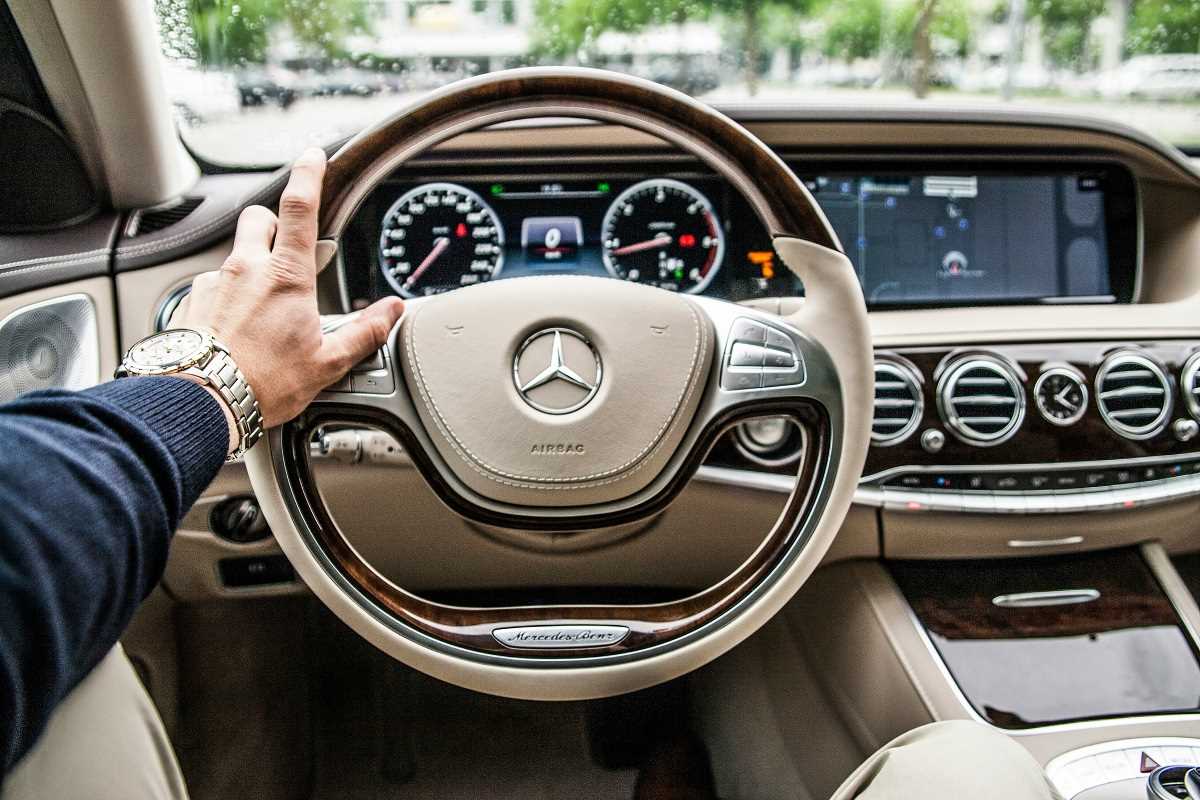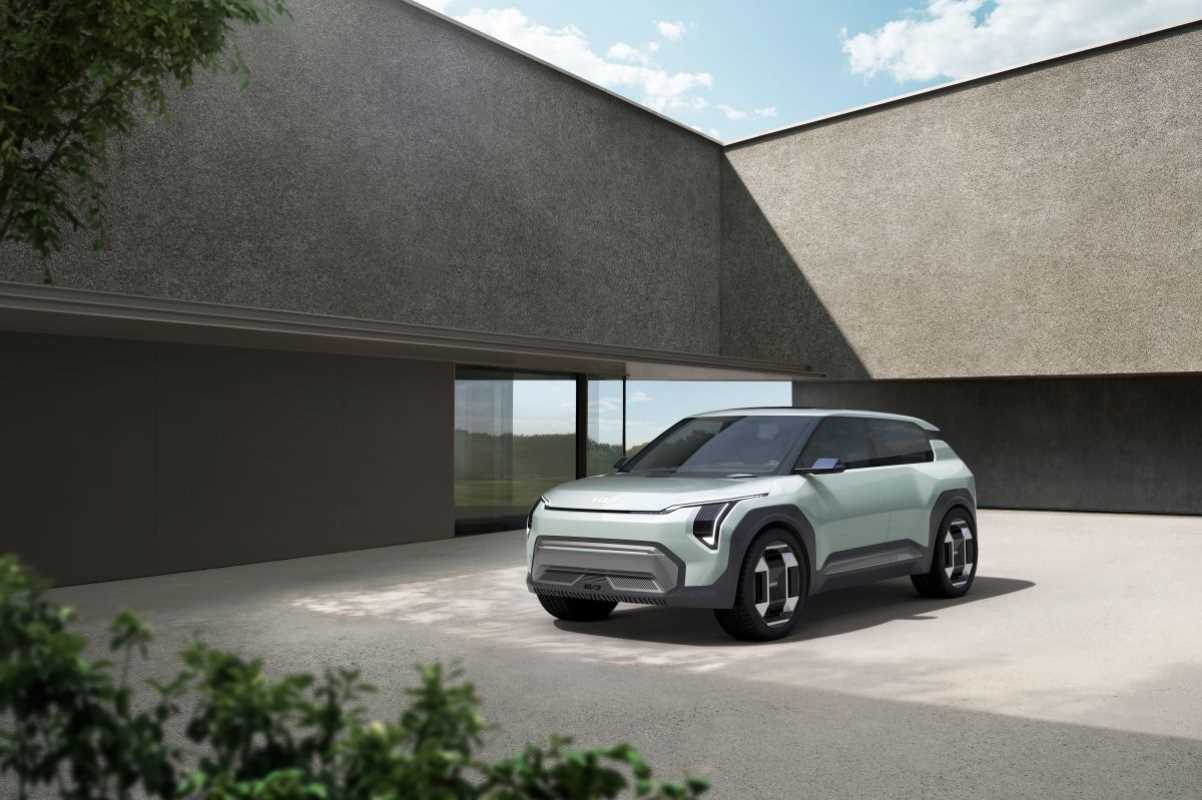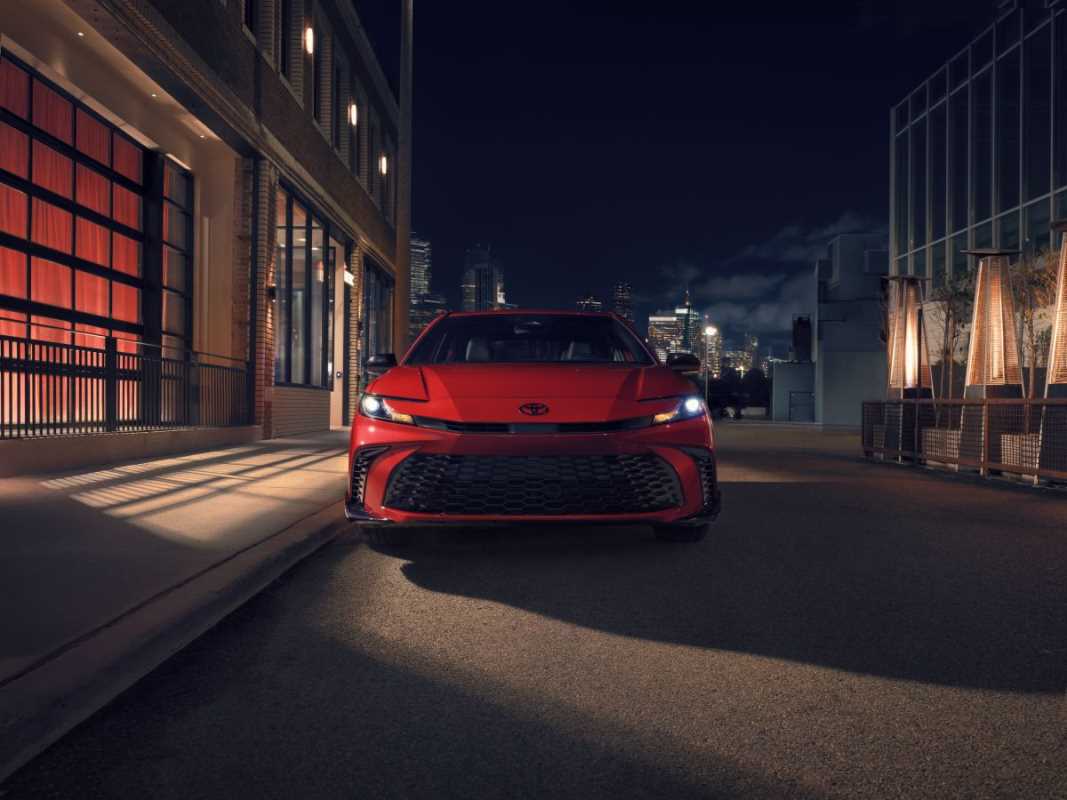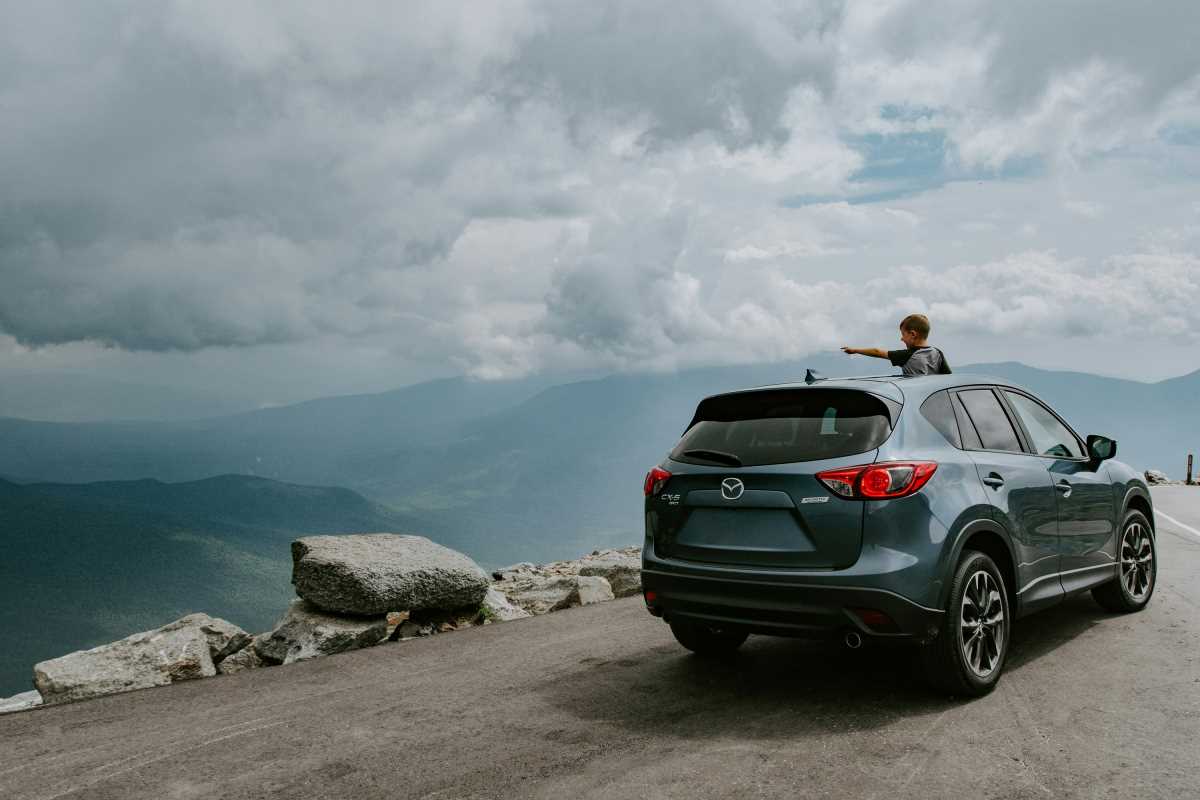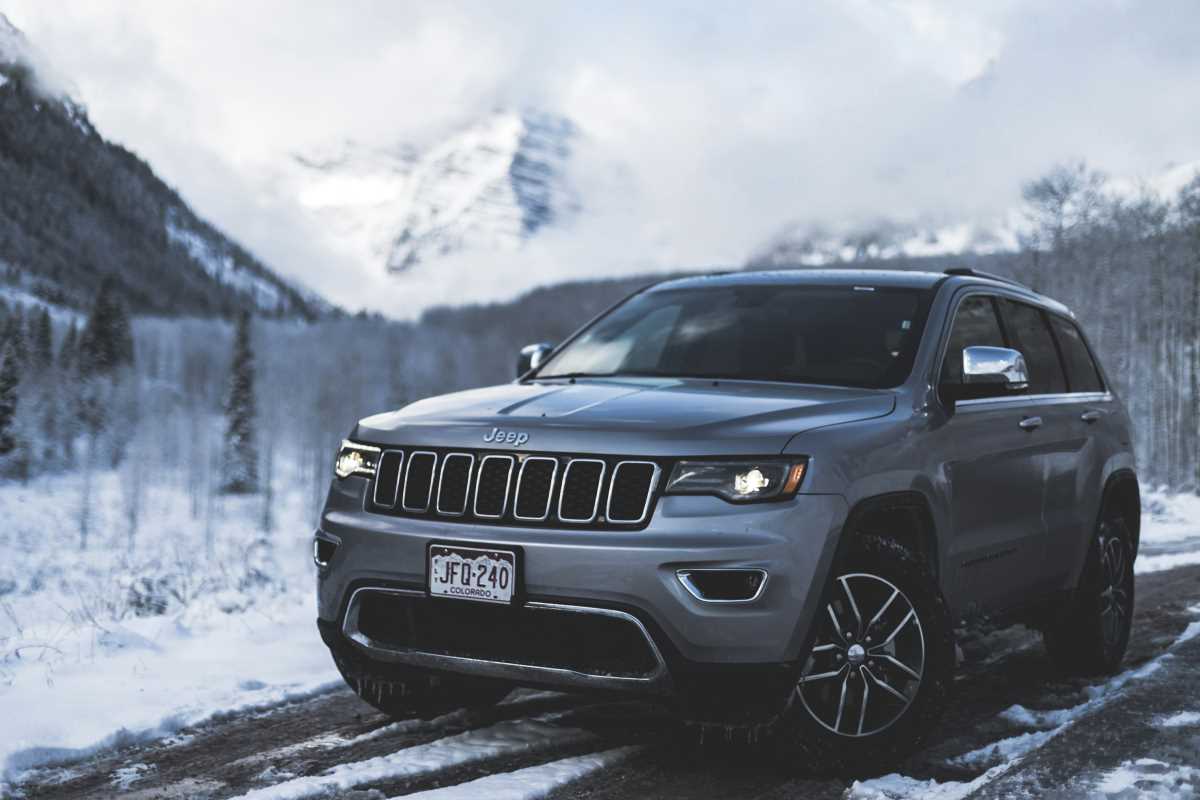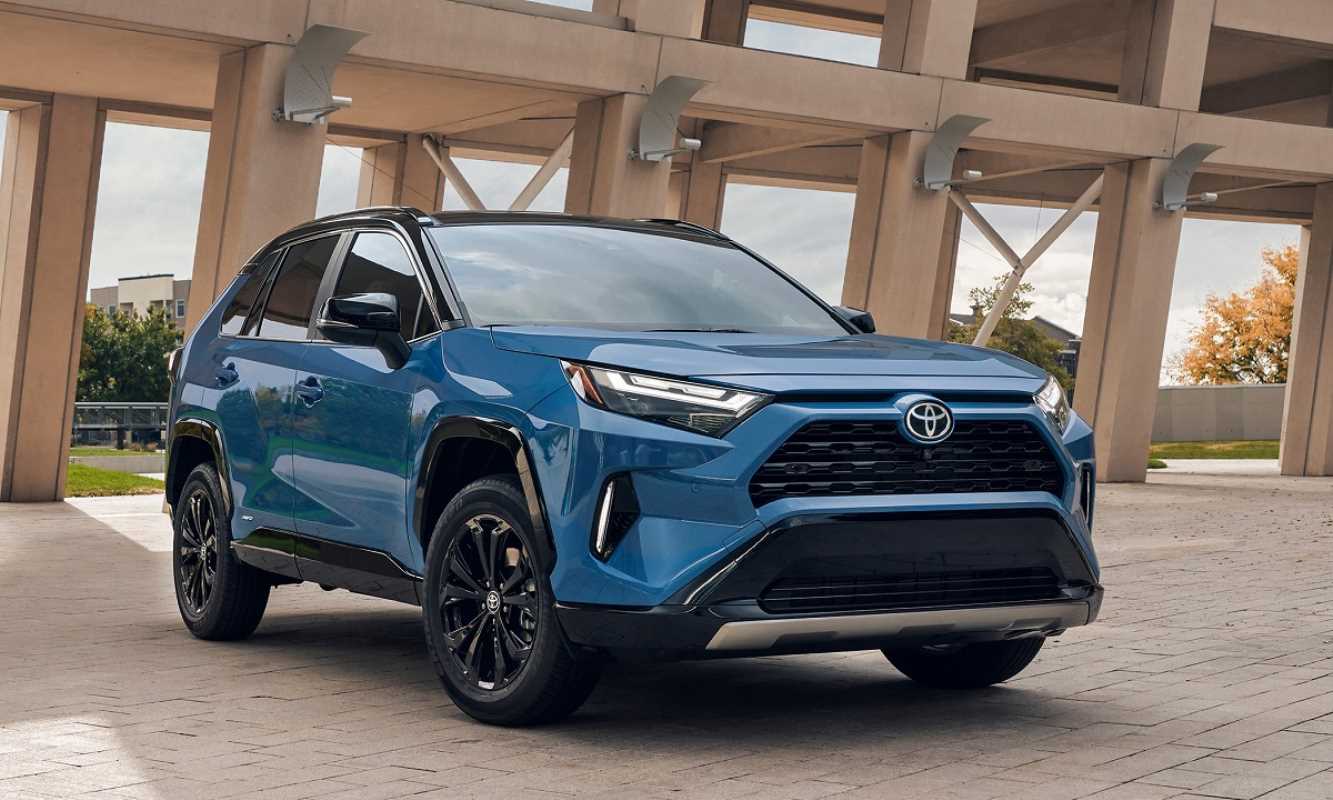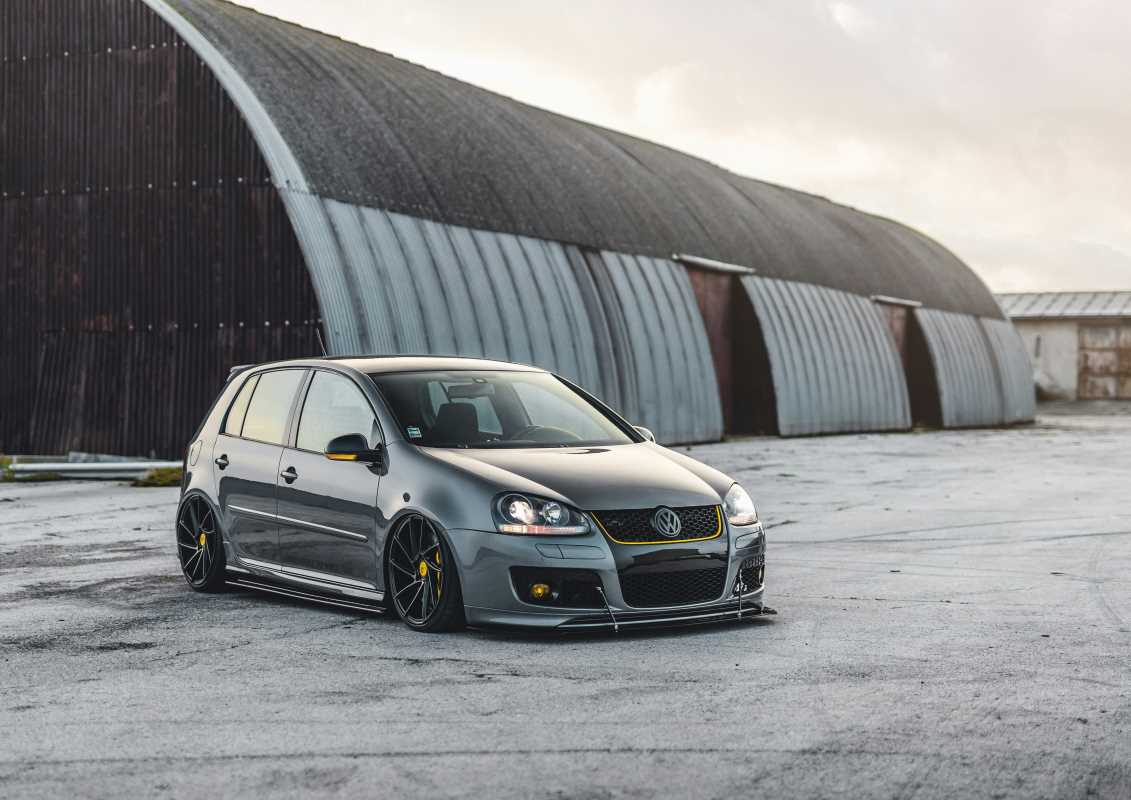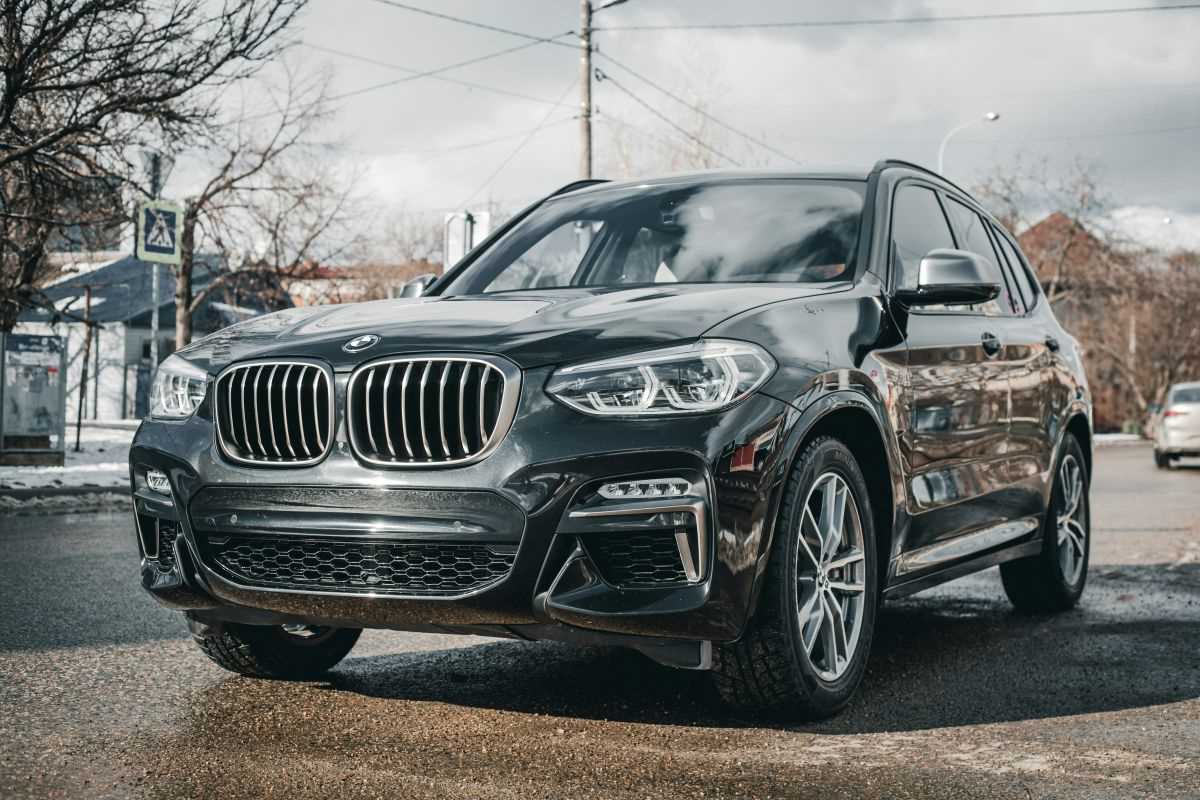Remember when buying a car was all about horsepower and torque? Today, you’re just as likely to ask about screen resolution and processing speed. The digital cockpit has become the heart of the modern vehicle, and the quality of that experience can make or break your daily drive. For the best 2025 cars, a great infotainment system is a necessity.
The Digital Dashboards Defining the Drive in 2025 Cars
The battle for the best in-car tech is heating up, with automakers pouring resources into creating seamless, intuitive, and entertaining experiences. The market for these systems is booming, with projections showing it could reach nearly USD 33 billion by 2030. So, which manufacturers are getting it right? Here’s our breakdown of the top 10 infotainment systems you'll find in 2025 models.
- Mercedes-Benz (MBUX Hyperscreen): Found in the EQS, this is the undisputed king of screen real estate. A single 56-inch curved glass panel houses three separate displays, including one for the passenger. It’s visually stunning, incredibly responsive, and packed with features like built-in streaming and gaming.
- BMW (iDrive 8.5/9): BMW’s curved display, which merges the instrument cluster and central touchscreen, is a masterclass in driver-focused design. With sharp graphics, intuitive menus, and the excellent BMW Intelligent Personal Assistant, it’s both beautiful and functional. The optional 31-inch 8K rear theater screen in the i7 is just showing off.
- Stellantis (UConnect 5): Often found in Ram trucks and Jeep models, UConnect 5 is a fan favorite for one simple reason: it just works. It’s fast, the tile-based layout is easy to customize, and it brilliantly retains physical knobs and buttons for core functions like climate control and volume. It proves you don’t need to reinvent the wheel to be one of the best.
- Tesla (Tesla UI): The pioneer of the minimalist, screen-centric interior continues to impress. Tesla’s software is famously slick, with a clean interface, lightning-fast responses, and an entertainment suite (Netflix, YouTube, games) that’s second to none. The constant over-the-air (OTA) updates mean the system actually gets better over time.
- Ford/Lincoln (Digital Experience): By building its new system on Android Automotive, Ford has integrated Google’s best features natively. This means Google Maps is your default navigation and Google Assistant is your voice command guru. It’s a smart move that provides a familiar, powerful experience while still supporting Apple CarPlay.
- Polestar/Volvo (Google Built-in): Polestar and its parent company Volvo were early adopters of Google’s native OS, and they’ve perfected the art of minimalist Scandinavian design in their software. The interface is clean, uncluttered, and so fast it feels like using a high-end tablet.
- Genesis (ccIC System): Genesis is making waves with its gorgeous 27-inch panoramic OLED display. It combines a digital cluster and central touchscreen into one seamless unit. With features like fingerprint authentication and crisp, vibrant graphics, it feels every bit as luxurious as the cars it’s in.
- Hyundai/Kia (ccNC System): The latest generation system from the Korean duo finally brings wireless Apple CarPlay and Android Auto to their larger screens. The new interface is clean, with a simple tile layout that’s easy to navigate, making it a huge step up and a strong contender.
- Audi (MMI Touch Response): Audi’s dual-touchscreen setup with haptic feedback is a unique approach. The system provides a satisfying "click" sensation when you press an on-screen button, which helps reduce distraction. Combined with the stunning Virtual Cockpit Plus, it’s a tech-forward and highly customizable experience.
- Porsche (Driver Experience): Seen in the new Macan EV, Porsche’s latest system offers deep integration with Apple CarPlay. It allows you to project Apple Maps directly into the instrument cluster as a full-screen view, blurring the lines between the phone and the car’s native system in a brilliant way.
Key Tech Trends in New Cars for 2025
What’s driving the evolution of these systems? It’s more than just bigger screens. Several key trends are shaping the digital experience in 2025 cars.
First, wireless connectivity is now the standard. The hassle of plugging in your phone is a thing of the past, with wireless Apple CarPlay and Android Auto becoming expected features. This allows for automatic, seamless connection the moment you get in the car.
Second, AI-powered voice assistants are getting seriously smart. Forget robotic, command-based systems. Assistants like Mercedes’ MBUX can understand natural language. You can say, “Hey Mercedes, I’m cold,” and it will turn up the heat. This reduces the need to poke at a screen while driving.
Finally, the car is transforming into an entertainment hub. With the rise of electric vehicles requiring charging stops, automakers are building in robust entertainment options.
The Big Debate: Are Touchscreens Taking Over Too Much?
While flashy, wall-to-wall screens look great in the showroom, they’ve sparked a major debate about usability and safety. Many drivers are growing frustrated with having to navigate through multiple menus just to perform a simple task like adjusting the fan speed.
This has led to a fascinating pushback. A growing number of drivers and safety experts are calling for the return of physical buttons for essential controls. The 2025 J.D. Power U.S. Initial Quality Study found that infotainment systems remain one of the most problematic areas for new car owners, largely due to their complexity and lack of intuitive controls. As senior director Kathleen Rizk noted, good tech should "reduce their cognitive workload," not add to it.
Some automakers are listening. Brands like Hyundai, Volkswagen, and even Porsche are consciously reintroducing physical buttons, knobs, and switches for core functions. They’ve realized that the best systems offer a hybrid approach: a beautiful, responsive touchscreen for media and navigation, paired with tactile controls for the things you adjust most often. This blend of digital and physical is quickly becoming the hallmark of a truly great user experience.
